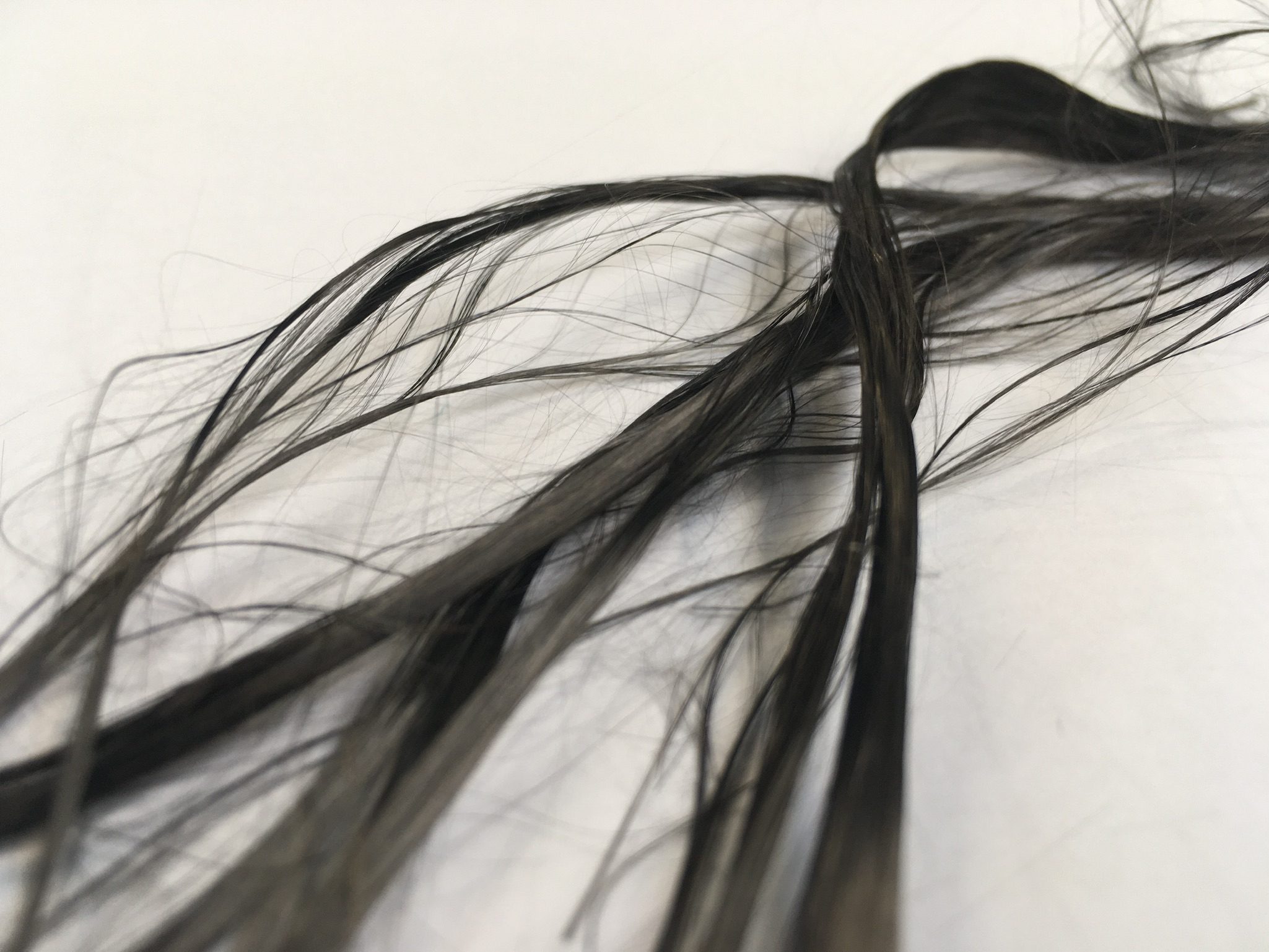
Teraloop looks at Biobased carbon fiber solutions to decrease carbon emissions
Teraloop looks at Biobased carbon fiber solutions to decrease carbon emissions
Teraloop’s Chief Sustainability Officer, Dr. Meri Lundahl and Chief Engineer Markus Merilä studied the formation of biobased carbon fiber together with researchers Dr. Daisuke Sawada and Prof. Michael Hummel from Aalto University School of Chemical Engineering. Their research article entitled “Effect of graphitic additives on the rheology of cellulose solutions for the preparation of templated carbon fiber precursors” was published last May in the Journal of Applied Polymer Science. They studied the effect of mixing graphene oxide in a cellulose-based carbon fiber precursor and its influence on the spinning of the precursor fibers and structural development of the carbon fiber, as graphene oxide is known for its potential to encourage graphite formation via templating.
Carbon fiber is among the most energy-intensive components of a flywheel. One of Teraloop’s research areas is focused on investigating a cost-efficient and environmentally sound alternative, such as recycled or biobased carbon fiber. “According to our estimation, switching from conventional to biobased carbon fiber in the rotor could decrease the flywheel carbon footprint by 13%, even more if using recycled or residual biomass as the raw material”, Chief Sustainability Officer, Dr. Meri Lundahl commented. However, making biobased carbon fiber as strong as conventional (polyacrylonitrile-based) fiber is challenging. One of the reasons is that biopolymer precursors don’t form graphitic structures as easily as oil-based polyacrylonitrile.
The results of the experiments carried out during 2019-2021 showed that the addition of graphene oxide somewhat enhanced structural order development during carbonisation, as observed by Raman spectroscopy. This is a promising finding, as the positive effect is expected to be even stronger when the fibers are carbonised at higher temperatures and with stretching. “We discovered that adding graphene oxide thickened and stiffened the precursor spinning solution, but it could still be spun into continuous fibers at an elevated temperature,” Lundahl added.
Further research regarding biobased carbon fibers is needed to develop their properties up to the levels required in the flywheel application. To that aim, Teraloop is also looking into other approaches, such as biobased polyacrylonitrile as a precursor material in order to ensure competitive properties to conventional carbon fiber. Also, the technology needs to be upscaled and applied on residual or recycled bioresources, such as straw or recycled cotton, in order to unlock the full environmental benefits of the material. The resource selection is key in making the energy transition sustainable, as large quantities of material inputs are needed to establish all the required infrastructure for renewable energy conversion and storage.
Research article published on Journal of Applied Polymer Science

